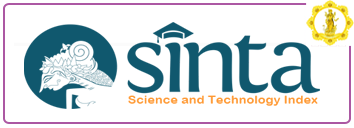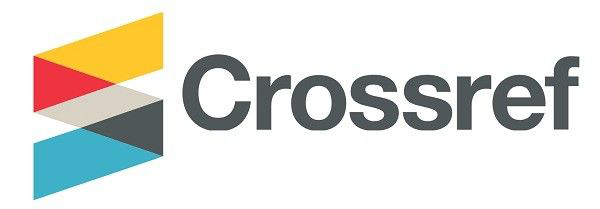PETA KONSEP PERKEMBANGAN AGAMA HINDU : PEMAHAMAN AWAL PENDIDIKAN AGAMA HINDU
DOI:
https://doi.org/10.25078/gw.v8i1.447Kata Kunci:
Hindu history, development of HinduismAbstrak
This article aims to find out the historical source of mapping the history of the development of Hinduism, from the beginning of the development of Hinduism itself until now. The writing of this article uses the library method and in-depth study of the literature. The Sindhu river valley in India is where Hinduism began. Hinduism is actually syncretism (mixing) between the Aryan culture and the Dravidian culture. Trade relations between the people of the archipelago and traders from China and India led to cultural assimilation, so that Hinduism gradually began to develop in the archipelago. With acculturation and culture that is recognized at the national level as an official religion, various standards of Hindu religious behavior have emerged in Indonesia, especially Bali, including: Tri Kerangka Dasar for Hindu Religion, Panca Sradha, Panca Yadnya, Tri Sandya, Kramaning Sembah, Dainika Upasana, Nista Madya Utama, Desa Kala Patra and Tri Hita Karana. Historically, the writing of all Hindu teachings originated in the Vedas, namely Sruti, Smrti, Sila, Events, and Atmanastusti. The philosophical religious attitude of Hindus always evolves and develops in an open and sustainable manner where Hinduism develops in accordance with the social and cultural conditions by sticking to Vedic teachings as the source of its teachings.
Unduhan
Diterbitkan
Versi
- 2022-01-20 (2)
- 2021-03-01 (1)


















